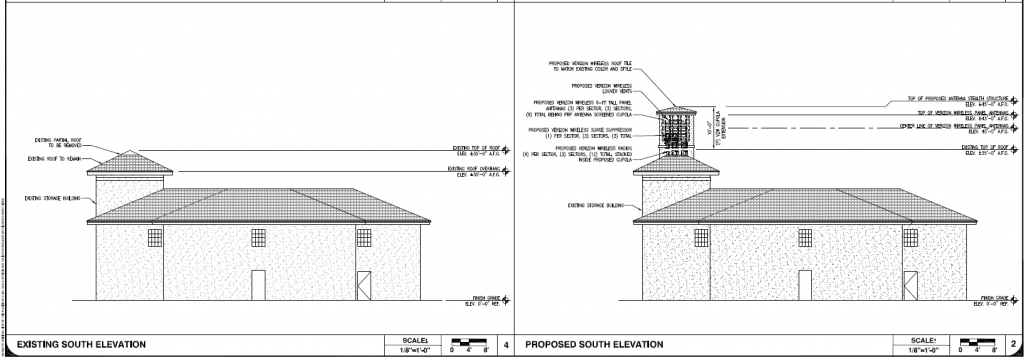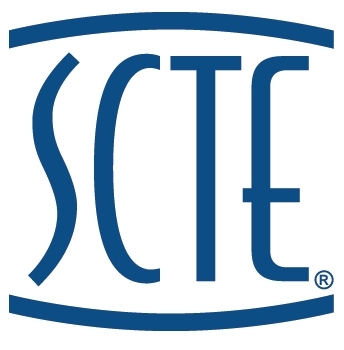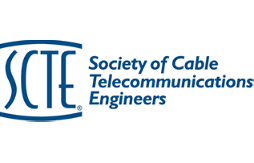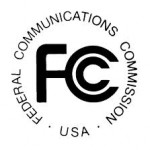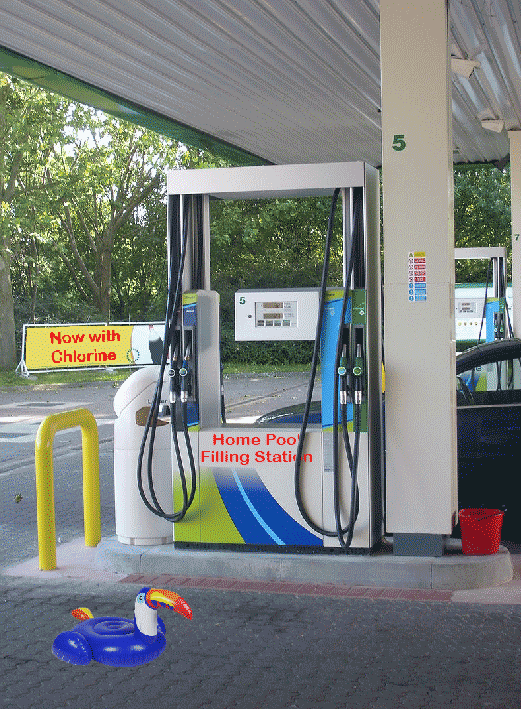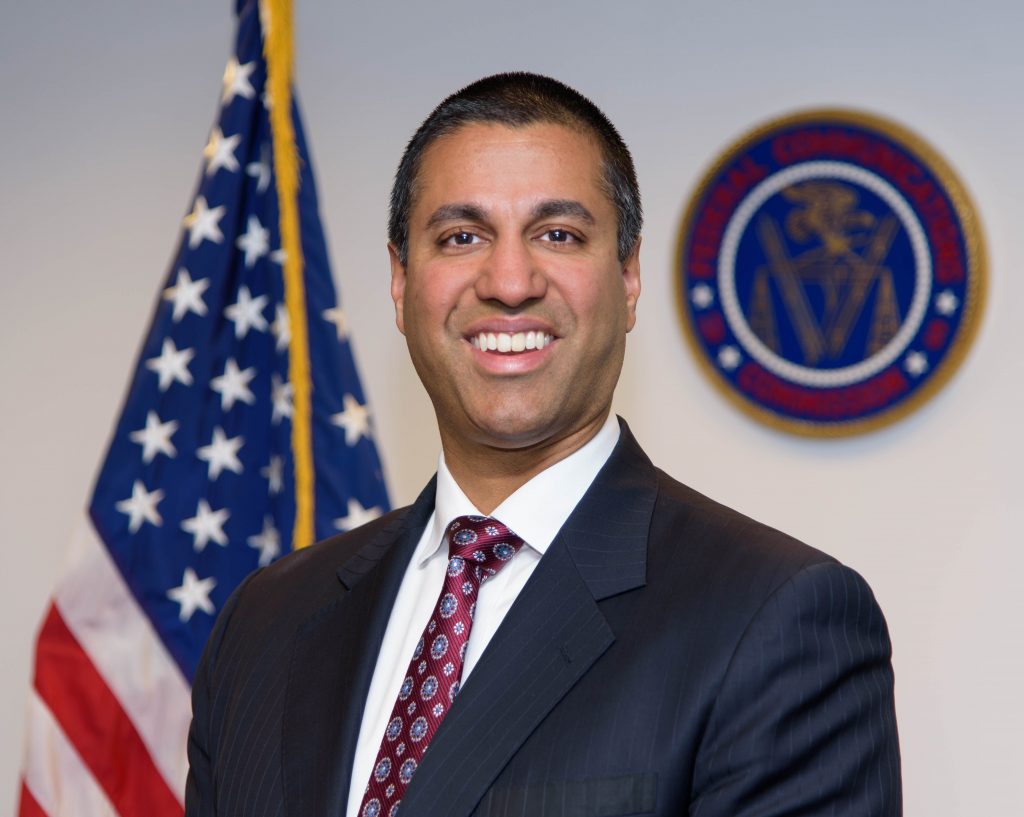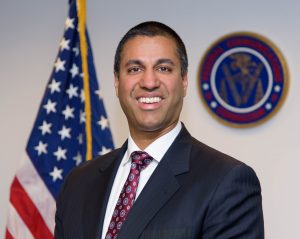(Note: I originally posted a shorter version of this story on 9/11/12, some 7 years ago today. This year I add many more details to round out some of the edges. -jlk)
On this important day, like many others, I offer my ‘where were you on 9/11?” story.
I was having a quiet breakfast when I first became aware of something quite out of the ordinary.
As I recall, the main course of my breakfast consisted of a cheddar cheese omelet. On the side were home fried potatoes and stewed tomatoes. A small breakfast roll, butter and jam, water, coffee, and orange juice rounded out the meal.
I never got to finish that breakfast.
As I was eating, the overhead public address system came alive with the following announcement:
“All flight attendants to the intercom!”
A minute later, the public address system crackled alive once more with the additional–even more ominous–message:
“Chief Purser to the Cockpit!”
As you’ve no-doubt figured out, I was having my breakfast eleven eighteen years ago this morning while sitting on a plane. In fact, I was sitting in the Business Class section of a United Airlines Boeing 777. At that moment I and my fellow passengers were at about 35,000 feet flying from Miami, Florida to Denver. I was headed to Denver to meet a connecting flight for the leg that would return me to my home in Los Angeles.
In fact, I was flying a day earlier than planned returning from a conference I had been attending in Miami Beach. The conference I was attending was one I regularly attended, but I wasn’t too happy to be there that year. On the spur of the moment, the evening of September 10th, I called United Reservations and changed my flight to early the next morning. I’m sure that last minute reservation change received some federal scrutiny after the fact…
Right after the time of the Captain’s announcements, the seat-back GPS screen showed the aircraft to be approaching the western edge of the Florida panhandle, just where it meets the Gulf Shores area of Alabama, which was not recently subject to a hurricane watch. Ahem.
Moments after the Captain’s twin announcements, the cabin crew reemerged into the passenger compartment. They silently started what can only be described as a frenetic meal service clearance and cabin preparation for what we all feared could be a crash landing. The flight attendants said they didn’t know what was happening. They had to do their emergency clear per the Captain’s orders.
About this same time, the giant plane began a series of less-than-gentle S-turns, first left, then right, then left again, and right again. While this was happening, the plane was also shedding altitude at a serious clip.
A few minutes later, while the plane was still making its sharp S-turns, the Captain (finally) came on the public address system once more, now directly addressing all of the passengers. The Captain told us that as we all suspected, our plane was going to make an emergency landing, but in the very same breath he made it crystal clear that there was no problem with our aircraft. The Captain continued, saying that ‘Air Traffic Control was going down all over the East Coast’ and we had only 15 minutes to get on the ground somewhere.
Anywhere.
Anywhere turned out to be Birmingham, Alabama. The Birmingham-Shuttlesworth International Airport to be specific. That airport was some 200 miles from what was then our present position. If you do the math, to be on the ground 200 miles away in 15 minutes would require the plane to travel at faster than speed of sound, and as good as Boeing 777s are, they aren’t that good. It was closer to half-an-hour before we landed in Birmingham.
Why Birmingham, Alabama?
The Birmingham airport had an unusually long runway at 10,002 feet (since increased by another 2,000 feet), and a shorter runway of 7,100 feet. Because our aircraft was carrying unspent fuel to travel all the way across the country (including the safety reserves), the aircraft needed a long runway to land with its heavy load.
When we landed in Birmingham and rolled to a stop, the first thing I did was to pull down my carry-on bag and call my wife on my cell phone.
As she started talking to me, I immediately repeated out loud to the passengers and crew around me everything she was saying:
Two planes crashed into the World Trade Center towers…
…another plane had just crashed near Washington, D.C…
…the Air Force is trying to shoot down two more planes…
I remember feeling disembodied while I was repeating what she was telling me. I was the observer of my own person. Never before, nor since, have I felt this nearly-indescribable sensation.
The cabin around me fell silent. The faces of the passengers and crew were drained of all blood. We stared into each others eyes not knowing what to say, what to do.
It turned out that we didn’t have much to say or do for quite a while.
September 11, 2001 was the first time a United Airlines Boeing 777 had ever landed at Birmingham. United had no way to actually get us off of the aircraft. All of their air-stairs were intended for much smaller aircraft, and every Jetway was already occupied by other aircraft of all types, sizes, and livery. We ended up parking on a taxiway away from the main terminal.
About 90 minutes after landing, United was finally able to secure portable air-stairs from the UPS freight terminal at the airport. We made our way down the air-stairs with all of our carry-on bags, but we were told that there was no way for them to unload our containerized luggage. We would have to do without our luggage for the duration, however long that duration might be.
Inside the terminal, there were no TVs in operation so we still didn’t know what was happening in the larger world.
United’s small cadre of ticketing staff was furiously registering arriving passengers and handing out hotel, food, and taxi vouchers. I was so impressed to see that United’s staff was being assisted by terminal ticketing staff from many other airlines who were helping out in the process. On that day eleven eighteen years ago, terminal staff worked for the airline industry and the public, not for any particular airline.
The airline hotel vouchers being handed out were for local airport-area hotels.
It occurred to me that the no one knew what was really happening, and it might not be the best of ideas to stay at a hotel next to an airport that also happens to be a major military base used by the Air National Guard.
Having worked in the Birmingham area over the years as a cable system inspector for local governments, I knew of a very nice Holiday Inn about 7 miles and several ridges away in Homewood, Alabama. Yeah, that would work just fine for me.
After a few quizzical looks, the ticketing agent issuing vouchers gave me one marked for the Holiday Inn in Homewood.
By this time, all of the ATMs inside the airport had their metaphorical dispersing needles all the way in the red area below “E” and I only had about $20 in my wallet.
With no luggage, and only with the cloths I was wearing and my carry-on bag, I took a taxi to the Holiday Inn in Homewood. (There were no rental cars left by the time we got into the terminal. Yeah, big surprise.)
From a cash perspective, it was a good election.
Upon entering the Holiday Inn, I spied an ATM machine in a corner of the lobby. Before even checking in, I drained the hotel’s ATM to my card’s daily limit. Then I checked in.
Finally, I entered my hotel room, turned on the TV, and joined the rest of the civilized world watching the uncivilized horror and carnage of that day play out over-and-over a hundred times; a thousand times.
Backtracking a bit, before leaving the increasing hot cabin on the 777, I exchanged mobile phone numbers with several other passengers. We agreed to say in touch while trying to get home.
And back home to Los Angeles, I made, some four days later.
Early on Friday morning, I received several call from members of the phone tree, and one from the local United agent. They all said to get to the airport as quickly as possible to get back on the Denver-bound flight. I did get to the airport around 8:00 a.m.
And I waited…
And I waited….
And I waited…..
Around 9:00 p.m. Friday night they had the passengers walk out onto the tarmac and identify each person’s luggage. Then the luggage was sniffed by a police dog. Once the dog cleared our luggage, we were instructed to carry our luggage across the tarmac to the luggage conveyor at the foot of the 777. Once our luggage was secured in the cargo hold, we all climbed the UPS steps back on to the 777.
Hours later, after midnight, we landed in Denver. The through passengers were issued additional hotel and food vouchers. Another city; another Holiday Inn.
Saturday morning after breakfast, I called the United Airlines 1K reservation line. They said that there was no possibility of me making it back to Los Angeles that day.
I did the only logical thing.
I went back to the airport.
I registered in and hung out at the 1K Lounge on the second floor of Terminal C.
Hours later, I heard my name being called.
‘There’s one seat on the only flight operating to L.A. today. It’s yours. Go NOW!’
I went, and made it back to Los Angeles late Saturday afternoon, September 15, 2001.
Like I said at the beginning, I was having a quiet breakfast just four days earlier the morning of 9/11/2001.
Today is a another day of remembrance for all of us on a personal basis, and on the much larger basis of uniting all against evil.
Jonathan on 9/11/19





